Tire Safety 101: Can You Hydroplane with New Tires?
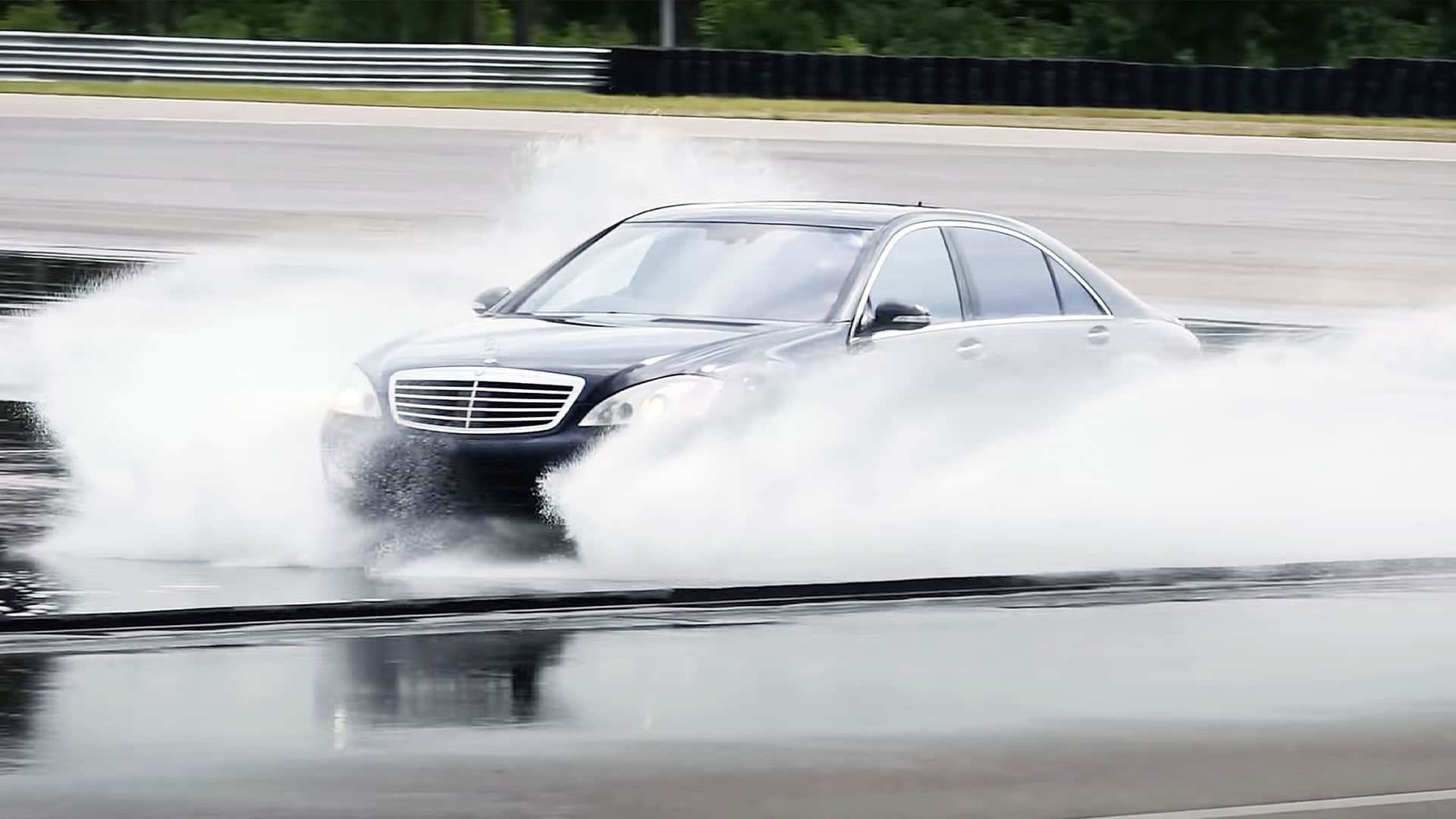
With unpredictable weather patterns and frequent rain showers, it’s become more important than ever for drivers to understand the dangers of hydroplaning when out on the road. A hydroplane accident can happen within seconds and leave you spinning out of control, putting your safety in jeopardy.
However, with a little knowledge and caution, you can take some measures to help yourself prevent such an incident from happening – starting with understanding what causes hydroplaning on wet roads, which speed is most affected by it along with quality tire maintenance checks!
Can You Hydroplane with New Tires?
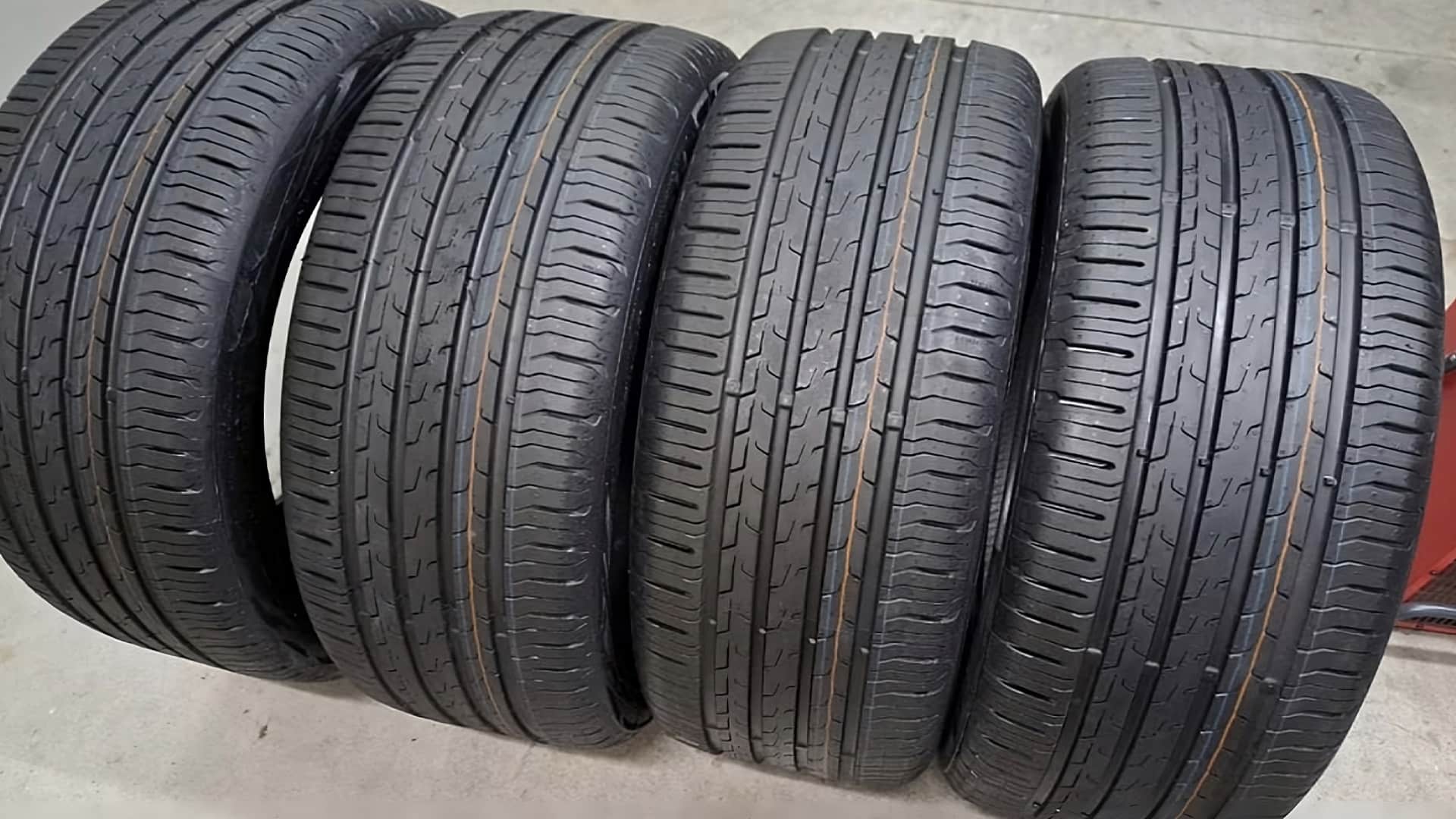
Even if your car has new tires, it’s still possible to hydroplane on wet roads. While new tires can resist hydroplaning much better than old ones, they also have a limit to how much water they can whisk away in wet conditions.
In the end, it all comes down to how much water is present and the speed you’re driving at. If there’s a lot of water on the road and you’re going too fast for the conditions, even brand-new tires may not be enough protection against hydroplaning.
What Causes Tire Hydroplaning?
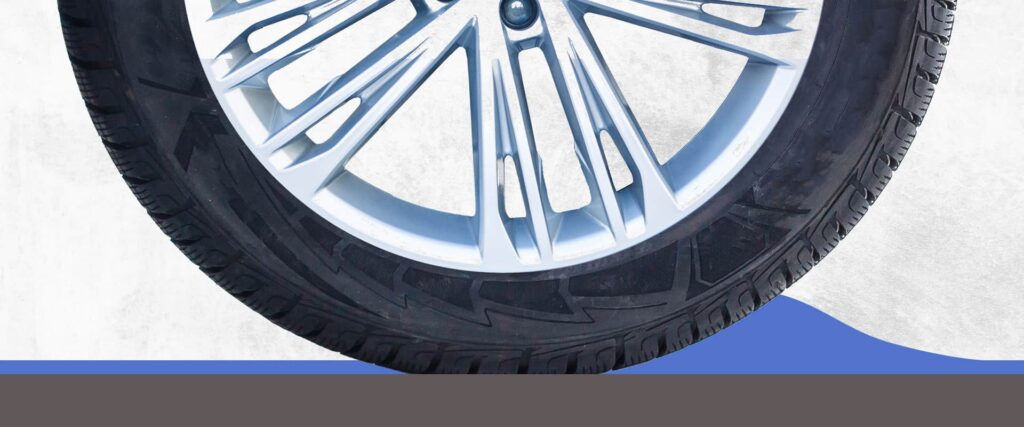
Simply put, tire hydroplaning is usually caused by a combination of several factors: the depth of water on the road the speed of your vehicle, and the tread depth of your tires. If there’s too much water on the surface, your tires can’t channel it away fast enough, leading to a layer of water under your tires, which causes them to lose contact with the road.
Meanwhile, if you’re driving too fast for the conditions or if there isn’t enough tread depth on your tires, then you become more susceptible to tire hydroplaning. Also, lighter vehicles with wider tires and less effective tread designs may be more prone to hydroplaning.
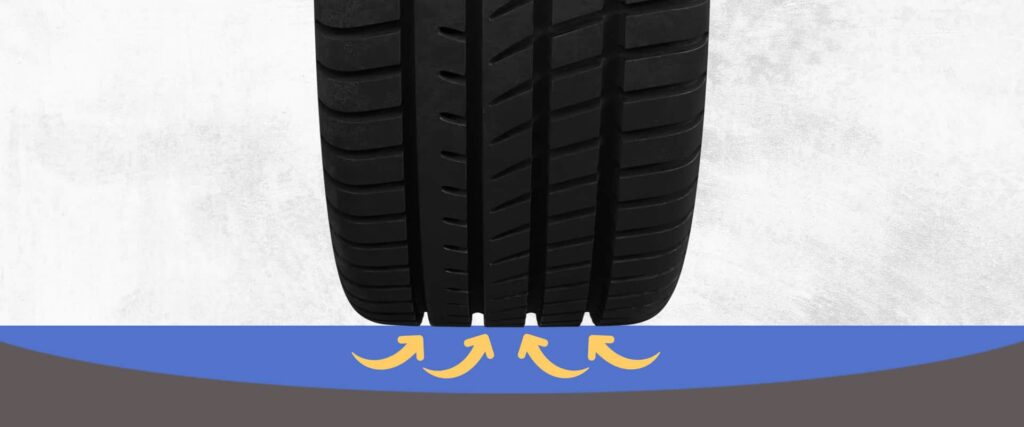
Hydroplaning: Directional Vs Non-Directional Tires
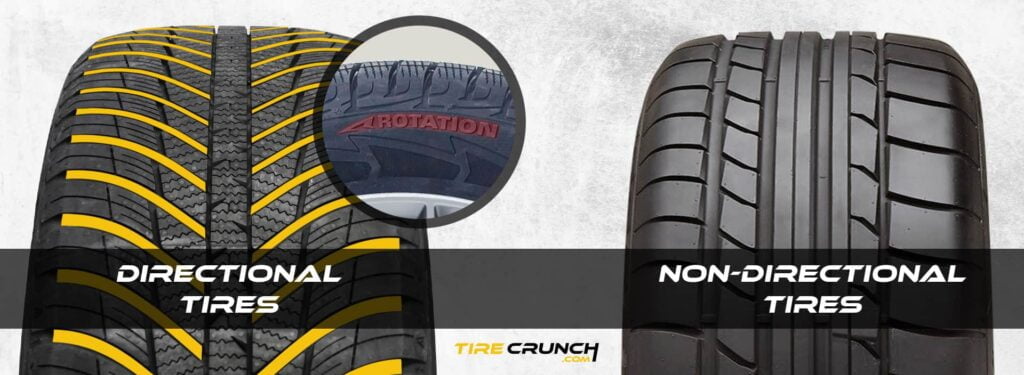
To fight tire hydroplaning, many tire manufacturers use directional tread designs that can channel water away from the tires more effectively.
These designs typically feature multiple grooves that are arranged in a “V” shape pattern to help evacuate water as quickly as possible from the tire’s footprint on the road.
Hydroplaning: Narrow Vs Wide Tires
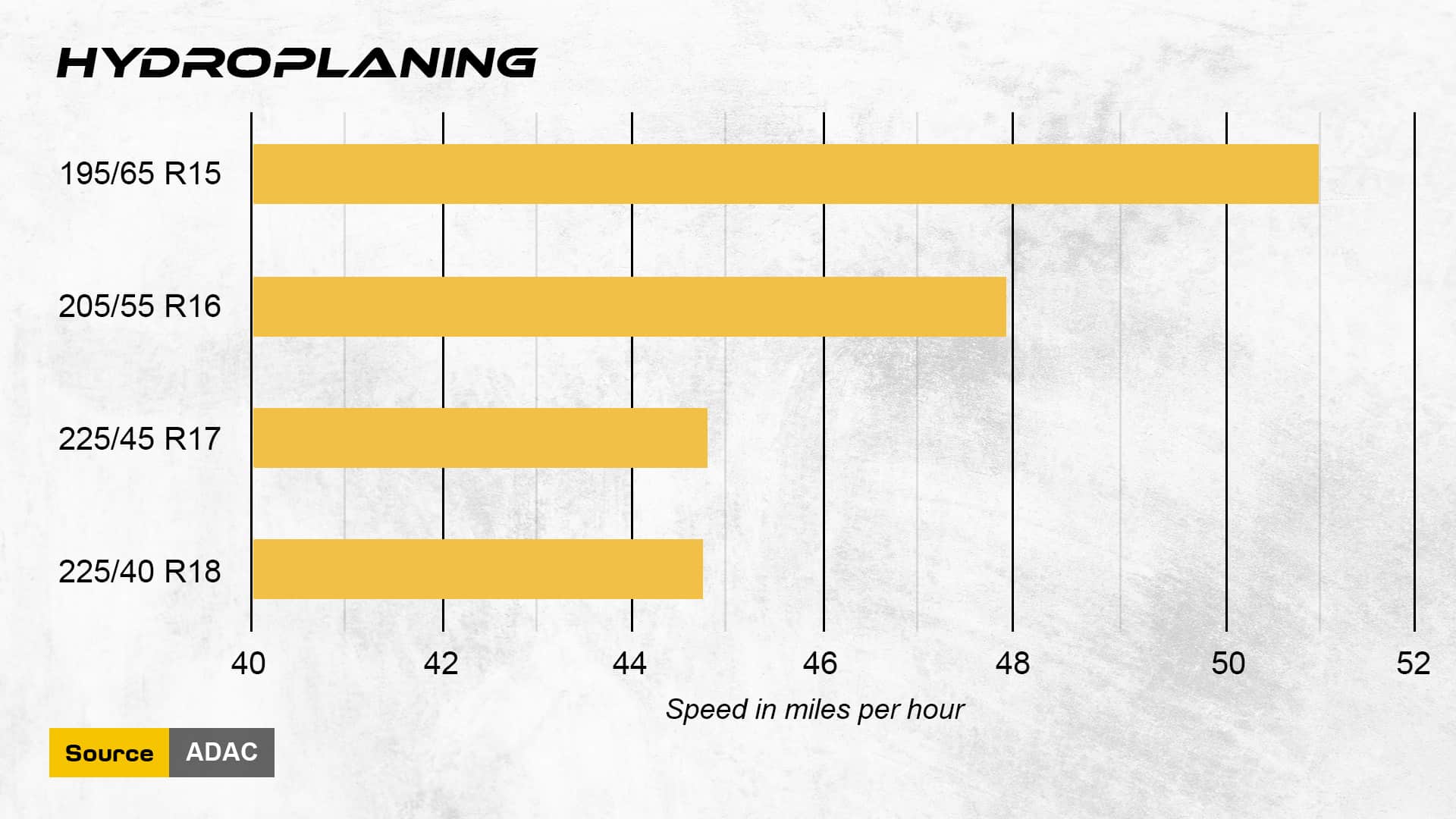
While wider tires offer plenty of advantages on dry roads, they can be outperformed by narrower alternatives in wet conditions. That’s because the wider the tire is, the more water it has to “evacuate” from the contact area – and once the tread starts struggling to evacuate it from the contact area, grip is lost and hydroplaning occurs.
As you can see in the example above, narrow tires are remarkably resilient against hydroplaning compared to their wider cousins.
In fact, they’ll keep you going a good 10 mph longer before any loss of grip occurs! When you’re driving on slick or rainy surfaces, this difference can mean staying safe and in control even when things get dicey.
Related Reading: Wide Tires Vs Narrow Tires: Exploring The Pros And Cons
How To Avoid Hydroplaning?
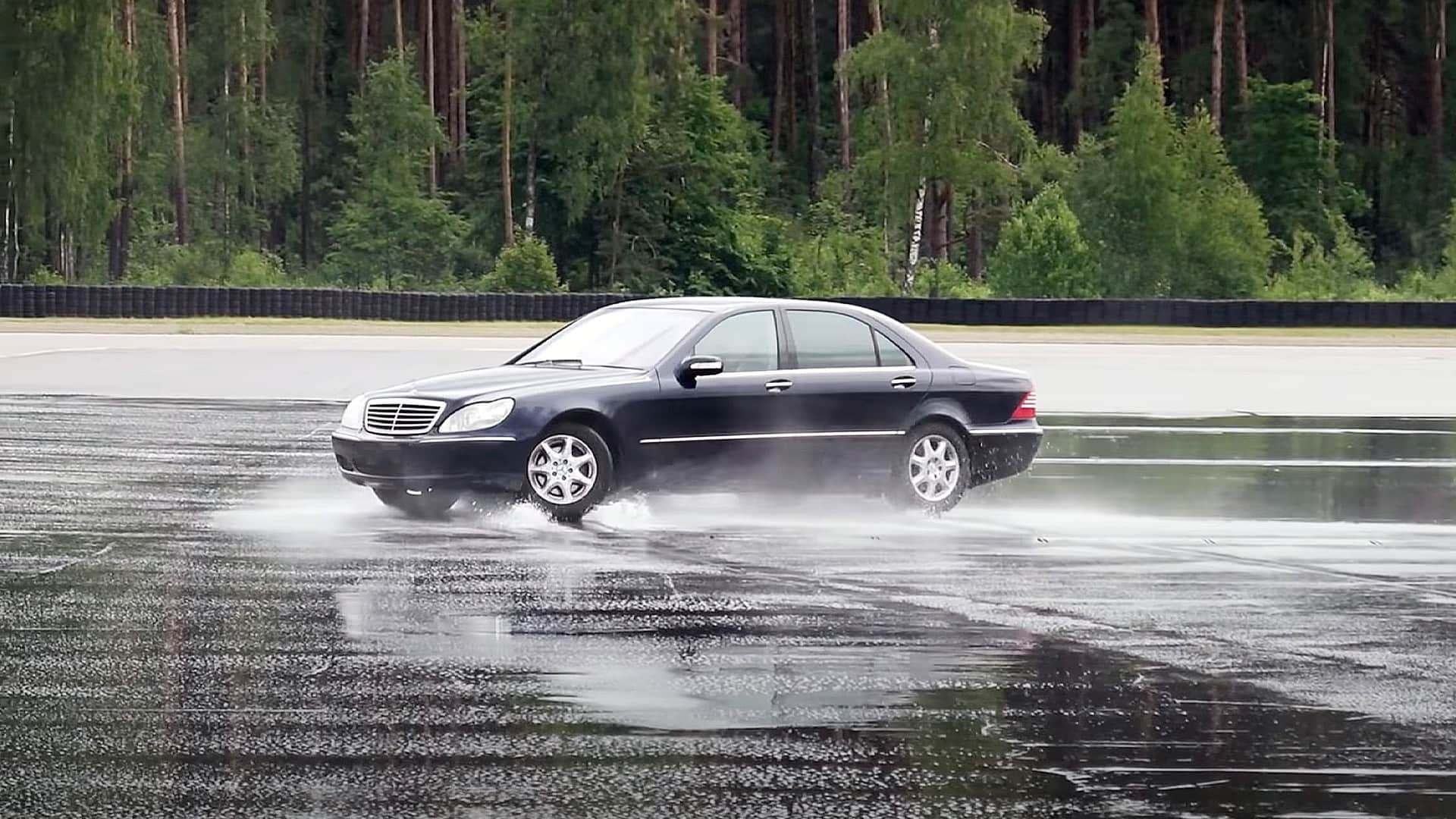
If you want to reduce your chances of hydroplaning while driving, there are a few steps you can take to improve safety.
Some well-paved roads may have gradient slopes that direct water away from tire tracks but this doesn’t always hold true everywhere. It’s vital to assess the roadway ahead and be on the lookout for any hazards like dips or large pools of standing water that can lead to accidents when hit at high speeds.
What Should You Do When Your Vehicle Hydroplanes?
Avoid jerky or sudden movements that could result in skidding or loss of control.
At What Speed Do Cars Hydroplane?
It’s not possible to give an exact speed at which hydroplaning occurs, as it can depend on several different factors. In fact, even driving below the posted speed limit isn’t enough to guarantee protection from hydroplaning.
The possibility of hydroplaning is heightened by several contributing factors like present water depth, old and worn tire treads, vehicle weight & size, steering system controls (ABS), and so forth.
So it’s best for drivers during bad weather seasons to always err on the side of caution and take it slow when there’s lots of rain or water has accumulated on any roads in view.
FAQs
Does Insurance Cover Hydroplaning?
According to Progressive Insurance, when it comes to hydroplane accidents, coverage depends entirely on your auto insurance policy and what type of accident you’re involved in. Generally speaking, if you have a collision coverage policy any single-car incident like hydroplaning is fully covered, where damages will be accounted for.
However, if you hit another vehicle during a hydroplaning scenario and are determined to be at fault after an investigation by your insurer, the liability coverage may help pay for the injury or damage caused to other parties involved.
Does 4WD Help With Hydroplaning
If you’re wondering whether four-wheel drive (4WD) or all-wheel drive (AWD) can help prevent hydroplaning, unfortunately, the answer is no. Simply put, AWD/ 4WD systems have nothing to do with preventing hydroplaning or providing additional support during control loss conditions.
While Anti-Lock Brake Systems (ABS) and Electronic Brakeforce Distribution (EBD) work to stabilize your vehicle when braking on slick surfaces, relying on AWD/ 4WD tech won’t give you better grip or traction on wet roads.
Do Wider Tires Hydroplane Easier?
Wider tires often have a bigger contact area with the road, which can help improve their grip in dry conditions. However, when it comes to hydroplaning, wider tires can actually make you more vulnerable to skidding and loss of control than narrower ones.
The wider the tire, the greater its ability to accumulate water between itself and the road surface. This extra water means there’s an increased possibility for tire hydroplaning – making your wheels lose traction on slippery surfaces. Narrower tires breathe better at high speeds while expelling excess amounts of water from beneath its surface fast- which helps them fight against hydroplaning situations.
Does Low Tire Pressure Cause Hydroplaning?
Yes, low tire pressure can increase the risk of hydroplaning in wet conditions.
When your tires aren’t properly inflated, they don’t exert as much contact area with the road. This means that their surface will not be able to adequately displace water from underneath them while driving through slick roads thus lessening its effectiveness against hydroplaning.
Does Over Inflated Tires Cause Hydroplaning?
Yes, overinflated tires can increase the risk of hydroplaning on wet roads.
Overinflated tires lead to a reduced contact area with the road surface due to their rigidity which then reduces the grip produced by them. A high air pressure elevation increases rigidity and stiffness of your tire’s surface that lessens its flexibility leading it to having less close-surface contact with wet pavement, making it more susceptible to losing control while driving in wet conditions.
